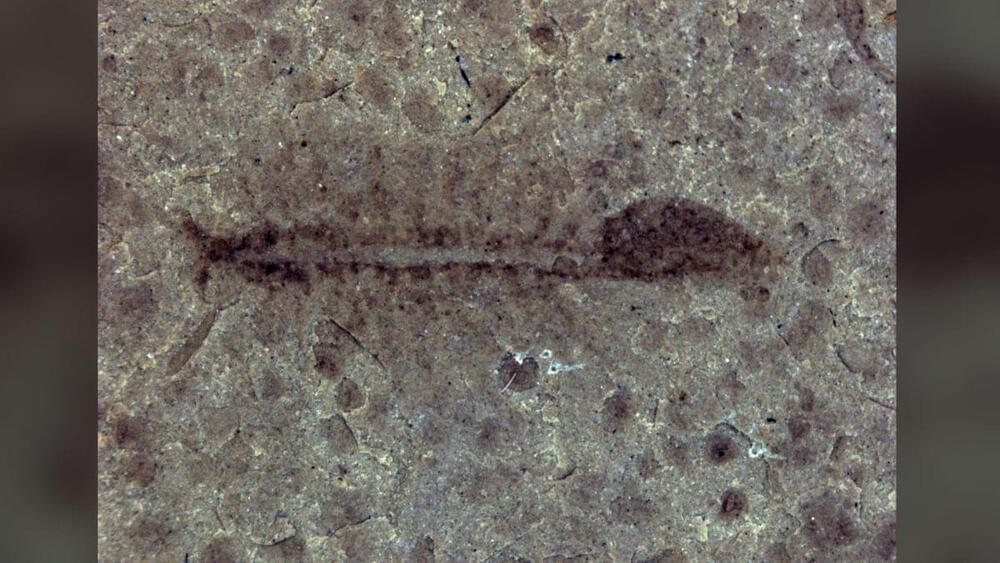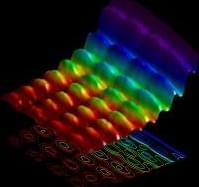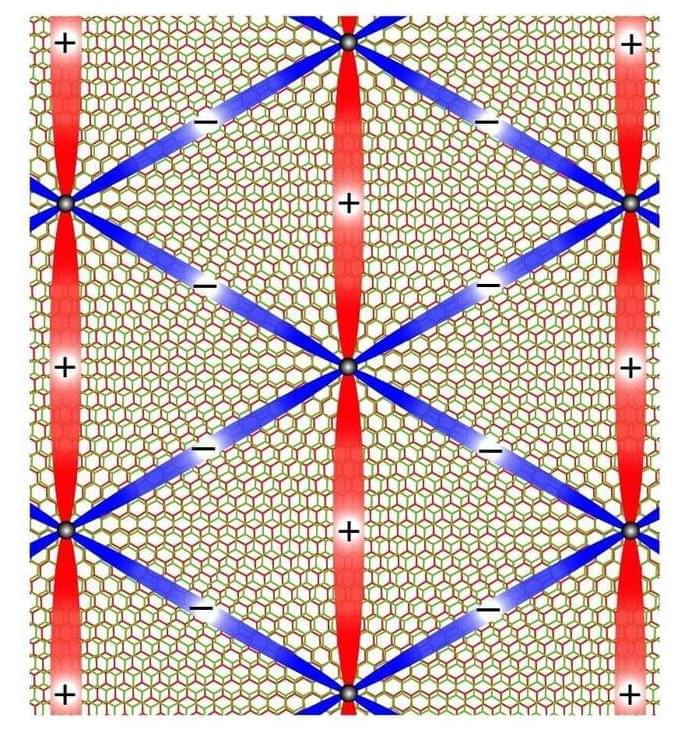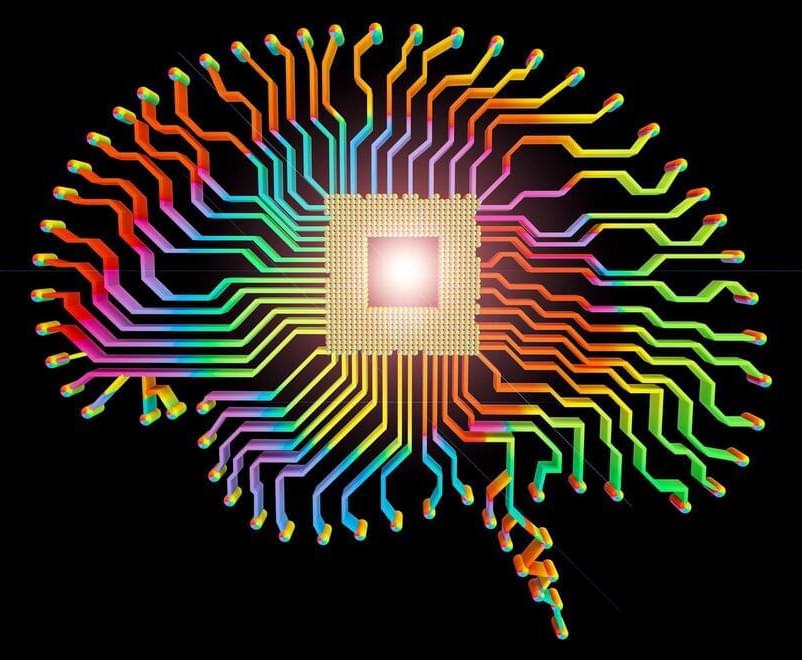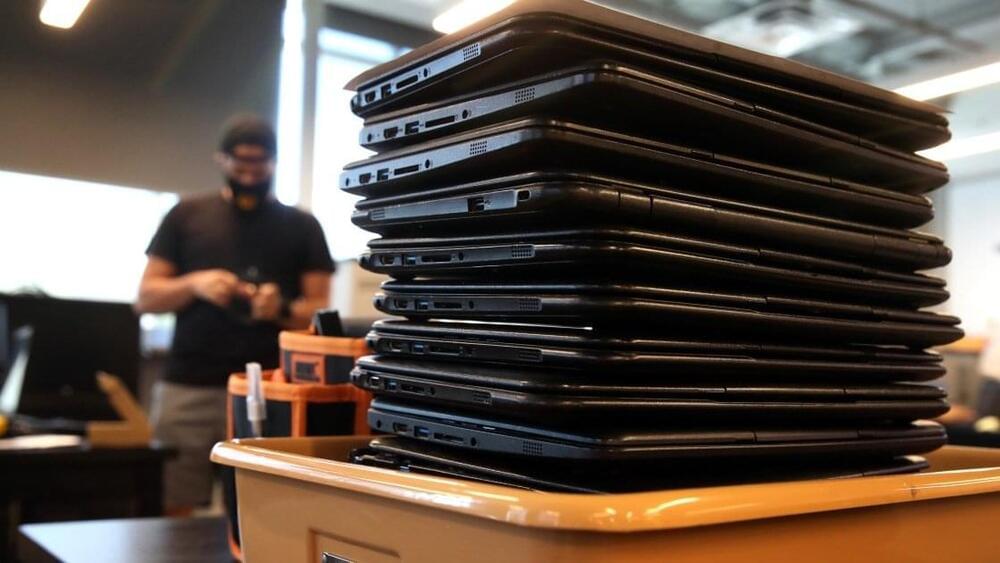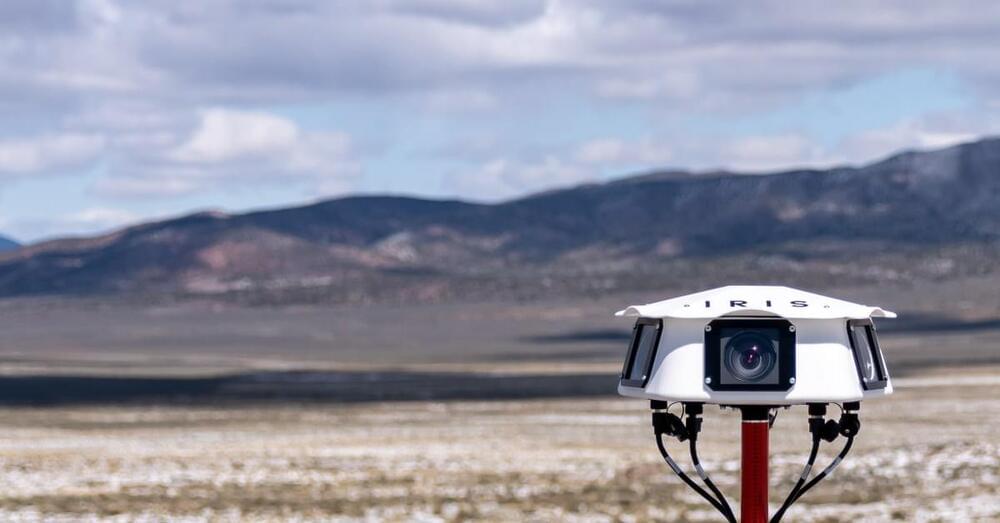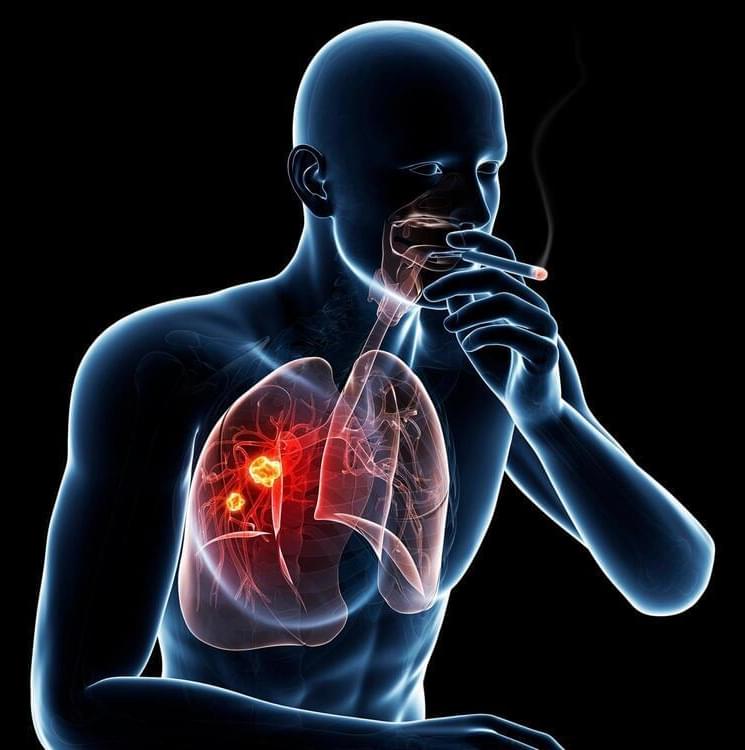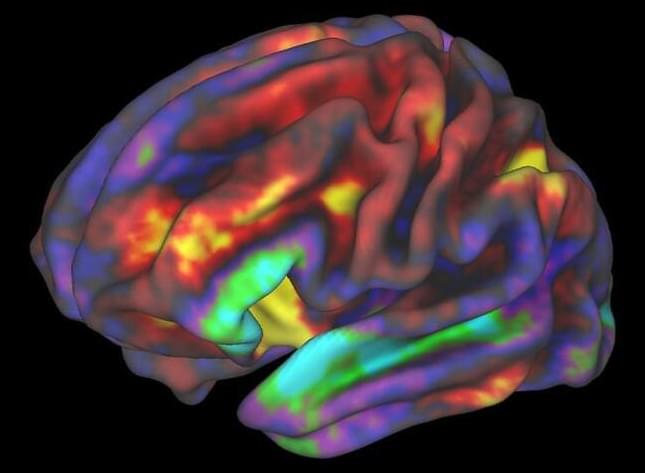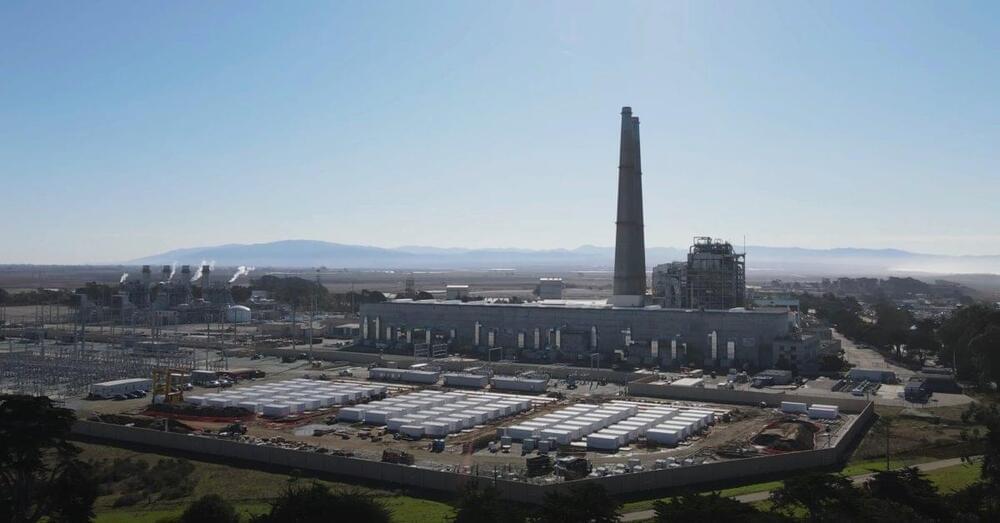Cretaceous period fossils indicate female fairy shrimp had no need for males.
Circa 2015
Light behaves both as a particle and as a wave. Since the days of Einstein, scientists have been trying to directly observe both of these aspects of light at the same time. Now, scientists at EPFL have succeeded in capturing the first-ever snapshot of this dual behavior.
Superconductors are materials that conduct electrical current with practically no electrical resistance at all. This ability makes them extremely interesting and attractive for a plethora of applications such as loss-less power cables, electric motors and generators, as well as powerful electromagnets that can be used for MRI imaging and for magnetic levitating trains. Now, researchers from Nagoya University have detailed the superconducting nature of a new class of superconducting material, magic-angle twisted bilayer graphene.
For a material to behave as a superconductor, low temperatures are required. Most materials only enter the superconducting phase at extremely low temperatures, such as −270°C, which is lower than those measured in outer space. This severely limits their practical applications because such extensive cooling requires very expensive and specialized liquid helium cooling equipment. This is the main reason superconducting technologies are still in their infancy.
High temperature superconductors (HTS), such as some iron and copper-based examples, enter the superconducting phase above −200°C, a temperature that is more readily achievable using liquid nitrogen which cools down a system to −195.8°C. However, the industrial and commercial applications of HTS have been thus far limited. Currently known and available HTS materials are brittle ceramic materials that are not malleable and cannot be made into useful shapes like wires. In addition, they are notoriously difficult and expensive to manufacture. This makes the search for new superconducting materials critical and a strong focus of research for physicists like Prof. Hiroshi Kontani and Dr. Seiichiro Onari from the Department of Physics, Nagoya University.
Starlink, part of Elon Musk’s space company, aims to provide broadband to airlines as it pushes to reach business clients.
“Some pullback was expected, but the return to pre-COVID volumes was instantaneous rather than gradual,” he added. Other research firms including Canalys also report demand for Chromebooks has taken a sharp dive in recent months.
McCarron added: “Due to the decline in low-cost entry level shipments, the market average CPU selling price increased the most on-quarter in 23 years.” The average selling price is now at $168, up from $151, according to Mercury Research’s stats.
Safety avionics specialist Iris Automation has made a meteorological enhancement to its Casia G ground-based surveillance system with the integration of TruWeather Solutions sensors and services – a move aiming to add climate security to the company’s aerial detect-and-avoid protection.
Addition of a precision weather utility was a natural step in Iris Automation’s wider objective of ensuring flight safety of, and between, crewed aircraft and drones The company says local micro weather and low-altitude atmospheric conditions often differ considerably from those at higher levels. That differential creates a larger degree of weather uncertainty for aerial service providers, who weigh safety factors heavily into whether they make flights as planned or not.
Cigarette smoking is overwhelmingly the main cause of lung cancer, yet only a minority of smokers develop the disease. A study led by scientists at Albert Einstein College of Medicine and published online on April 11, 2022, in Nature Genetics suggests that some smokers may have robust mechanisms that protect them from lung cancer by limiting mutations. The findings could help identify those smokers who face an increased risk for the disease and therefore warrant especially close monitoring.
“This may prove to be an important step toward the prevention and early detection of lung cancer risk and away from the current herculean efforts needed to battle late-stage disease, where the majority of health expenditures and misery occur,” said Simon Spivack, M.D., M.P.H., a co-senior author of the study, professor of medicine, of epidemiology & population health, and of genetics at Einstein, and a pulmonologist at Montefiore Health System.
New research suggests that socioeconomic hardship during childhood leaves children vulnerable to lower cognitive ability in adolescence and increased trait anxiety during adulthood. The findings, published in the journal Social Cognitive and Affective Neuroscience, further suggest that these effects are driven by the recruitment of the right lateral prefrontal cortex.
Growing up in poverty can have negative repercussions on mental health. For example, children who grow up in socioeconomic deprivation demonstrate lower cognitive ability and report higher trait anxiety as young adults. Researchers Pavla Čermáková and her team launched a study to investigate this interplay between early socioeconomic difficulty, cognitive ability, and trait anxiety and to shed light on the neural mechanism behind these relationships.
“I have always found fascinating how early life influences our mental health when we are adults. I see a huge opportunity for prevention of later mental disorders if we focus on what is happening in the earliest stages of human life,” Čermáková, an associate professor at Charles University in Prague and head of the Department of Epidemiology at the Second Faculty of Medicine.
PG&E announced that they have turned on their giant Tesla Megapack project with 730 MWh of capacity, and the electric grid company expects that it will “enhance the overall reliability of California’s ever-changing energy supply.”
We first learned of the project at PG&E’s Moss Landing substation when it submitted it to CPUC and the company was in talks with Tesla in 2017. It involves four separate energy storage projects, and two of them, including the one using Tesla Megapack, should become the world’s largest battery systems.
In 2018, we obtained Tesla’s proposal for the project, and it showed that the company plans to use “Megapack” instead of its usual Powerpack for large utility-scale projects. It was one of the first projects announced to use the new battery system, but the actual deployment took so much time that many more Megapack projects came online since.
